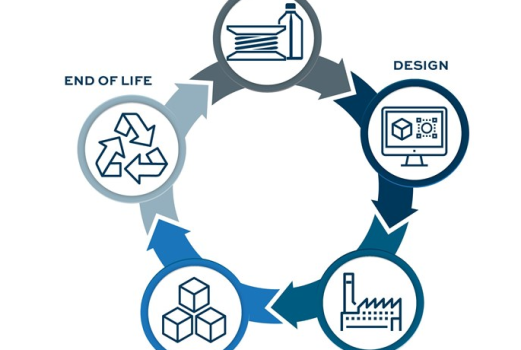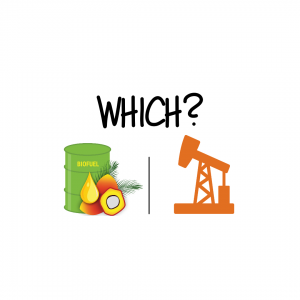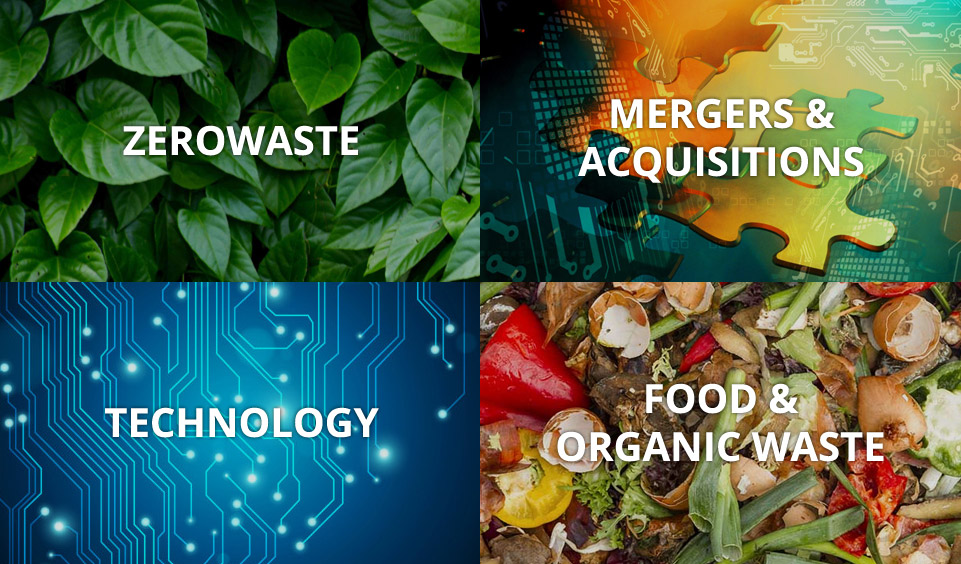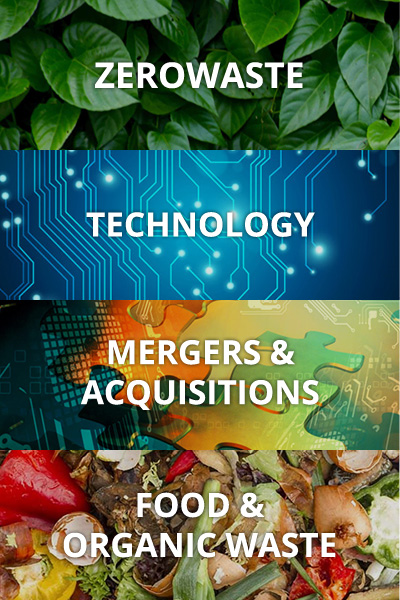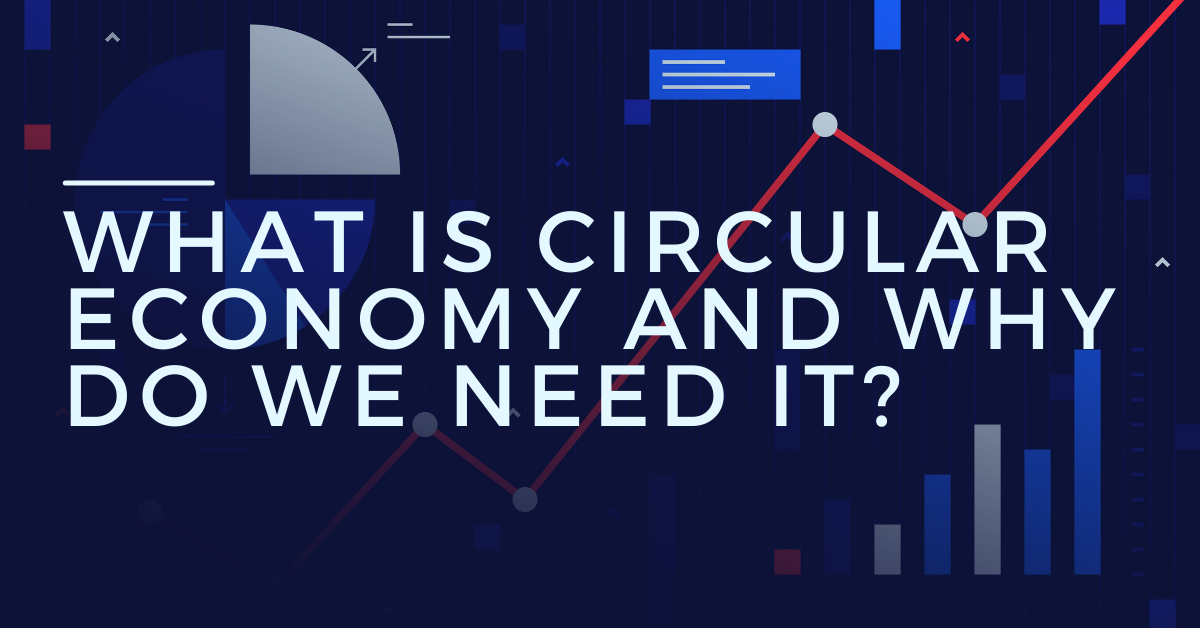
The circular economy is an important concept in the field of sustainable development and is gaining popularity day by day. Let’s learn about it…
What is Circular Economy?
Circular economy has been defined as “an industrial system that is restorative or regenerative by intention and design”.
In a circular economy, waste and pollution are designed out of the system, and materials are reused, repaired, or recycled instead of being disposed of as waste. The circular economy model contrasts with the traditional linear economic model, in which natural resources are extracted from the Earth, used to create products, and then those products are discarded after use.
This form of economy has been gaining traction in recent years as a more sustainable alternative to the traditional linear model. Several businesses and organizations have begun to adopt circular economy principles, and the concept has been endorsed by several high-profile figures.
There are several reasons why the circular economy is gaining popularity:
1. It is a more sustainable model than the traditional linear model. The linear model is not sustainable in the long term because it relies on the continued extraction of finite resources from the Earth. In contrast, the circular economy is designed to be regenerative, meaning that it can continue indefinitely without damaging the environment.
2. The circular economy is more efficient than the linear model. In the linear model, a lot of energy and resources are wasted in the process of extracting, manufacturing, and disposing of products. In the circular economy, those resources are reused or recycled, so there is less waste overall.
3. The circular economy creates jobs and boosts economic growth. In the traditional linear model, most of the value generated from natural resources goes to shareholders and executives, while workers receive a relatively small share. In the circular economy, workers are more likely to benefit from the increased value generated by recycling and reuse.
4. The circular economy is more resilient to shocks such as oil price shocks or environmental disasters. In the linear model, a sudden increase in the price of oil can cause widespread economic disruption, as we saw during the 2008 financial crisis. In the circular economy, however, businesses are less reliant on fossil fuels, and so are less vulnerable to such shocks.
5. The circular economy is better for society as a whole. In the linear model, environmental externalities such as air pollution and water contamination are not taken into account. In the circular economy, however, those externalities are factored into the design of products and processes, so that businesses are incentivized to reduce their negative impact on the environment.
How to Execute Circular Economy in Your Business
There are several ways to put circular economy principles into practice in your business.
- One way is to design products that are easier to repair and recycle. This includes using durable materials that can be reused or recycled and making products that are easy to disassemble so that individual parts can be replaced or repaired.
- Another way to implement the circular economy is to change the way you do business. For example, you could switch from selling products to selling services, or move from a linear model of production to a circular model in which waste is designed out of the system.
- You can also encourage customers and clients to adopt circular economy principles themselves. You could offer discounts for customers who return used products, or set up a repair and reuse service for products that are no longer in use.
- You can lobby for policy changes that support the circular economy. You could advocate for extended producer responsibility laws that make manufacturers responsible for the disposal of their products.
To conclude, if you’re wondering what is circular economy, then in simple terms, it is a more sustainable, efficient, and equitable alternative to the traditional linear model. It is better for the environment, the economy, and society as a whole. There are many ways to put the circular economy into practice in your business.
